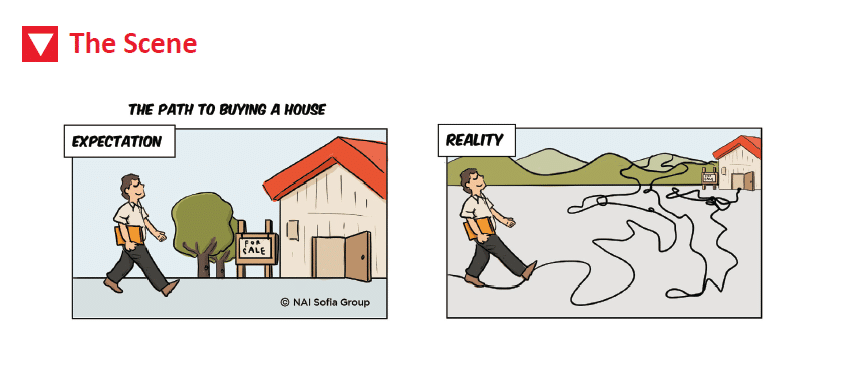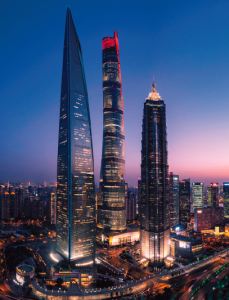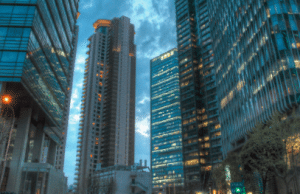The shift to working at home has been the biggest way the pandemic has changed the way we work, but how enduring will it be?
During the prolonged lockdowns in Europe and America, some western media voices speculated that the traditional office no longer has a place in our future at all, that everybody will continue working remotely even after the pandemic ends.
In the East
This idea would probably strike many people in China as far-fetched.
In Shanghai, lockdown started at the beginning of February 2020, and only a month later companies began sending some of their staff back to the office, often on a rotating basis so as to limit the number of people there at any one time. As the Covid situation further improved, people largely returned to their pre-pandemic office schedules, and the city has seen no further big coronavirus outbreaks since.
While not all Chinese cities have been as successful as Shanghai at combating the virus, China’s white collar workers by and large returned to the office long ago
We know of no reliable statistics indicating how many jobs in China remained permanently remote after lockdown, but some firms surely realized from this experience that making certain positions permanently or partially remote makes good business sense for them.
However, we have neither seen nor heard of any sizable company closing offices as a result of a full blown conversion to remote work. Although many firms have moved to smaller offices or closed office entirely due to the pandemic, this has been primarily because of its financial impact on business, not a shift to remote work.
In the West
In our view a disappearance of the traditional office also seems unlikely in the west.
While many prominent firms — Facebook, Microsoft, Google, Amazon, Ford Motors to name a few — have announced that work-at-home will be permanent for some of their positions, most of their employees will adopt a hybrid schedule of working some days of the week at home, some at the office. In some cases, the choice of where to work will be left to the employee.
A strong reason why offices will persist is that employees want them. According to a survey by PricewaterhouseCoopers and Edelman, more than 70% of corporate employees globally prefer a hybrid model that combines traditional office with remote work. In other words, they want an office, as well as the flexibility to work from home.

The Post-Pandemic Office
It seems likely that office design trends that were current before the pandemic will continue, some with greater momentum.
Companies will continue making the indoor environment healthier for body and mind. We think firms will pay more attention to indoor air quality in particular, making more use of hepa filters that are proven to remove coronaviruses from the air, as well as PM 2.5 particles.
In regions where the pandemic has been severe, companies will be searching for ways to make their office environments healing for staff who lost loved ones or suffered other types of trauma as a result of the pandemic. Dedicated rooms for meditation, prayer, yoga or massage might suit this purpose.
Companies will continue to use new technologies that make work more efficient and flexible, and one technology that seems to have potential in this respect is virtual reality for online collaboration.
Facebook’s Oculus is one of the firms that havemoved into this space. Its Horizon Workrooms, launched last August, allows people to assume an avatar that moves in sync with their body. Up to 16 avatars can hold meetings and collaborate on whiteboards, while an additional 34 people can join by video feed.
The rise of the hybrid work model has subtle implications for how companies organize work and design their offices.
Managers of hybrid workforces will need to reconsider how to optimize routines and spaces to maximize measurable variables like productivity and efficiency, as well as less tangible variables such as staff happiness and team spirit.
From the point of view of employees and job seekers, the relative importance of office features changes if the office becomes a place one visits only two or three days a week rather than five. To an employee spending five days in the office, the primary concern may be a sense of comfort and stability, while one coming only two days a week may cherish most opportunities for the social interaction that don’t exist at home.
In summary, the office will continue to be where white collar workers do their jobs. There will be more people working remotely after the pandemic than before it started, but most will not work remotely full-time, and the office will remain the central place of work. The office of the future will be a healthier, more dynamic, and more interesting workplace.




